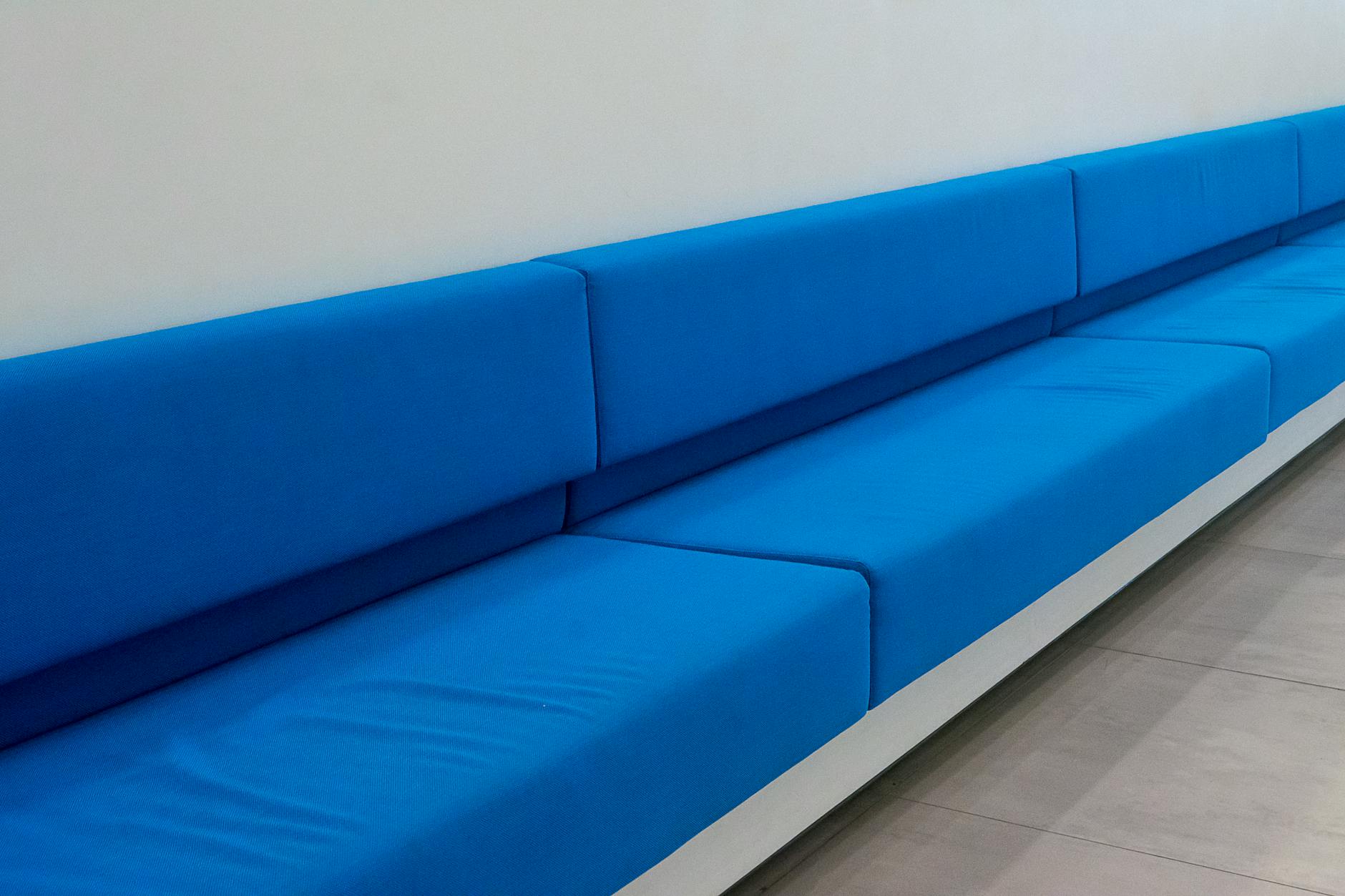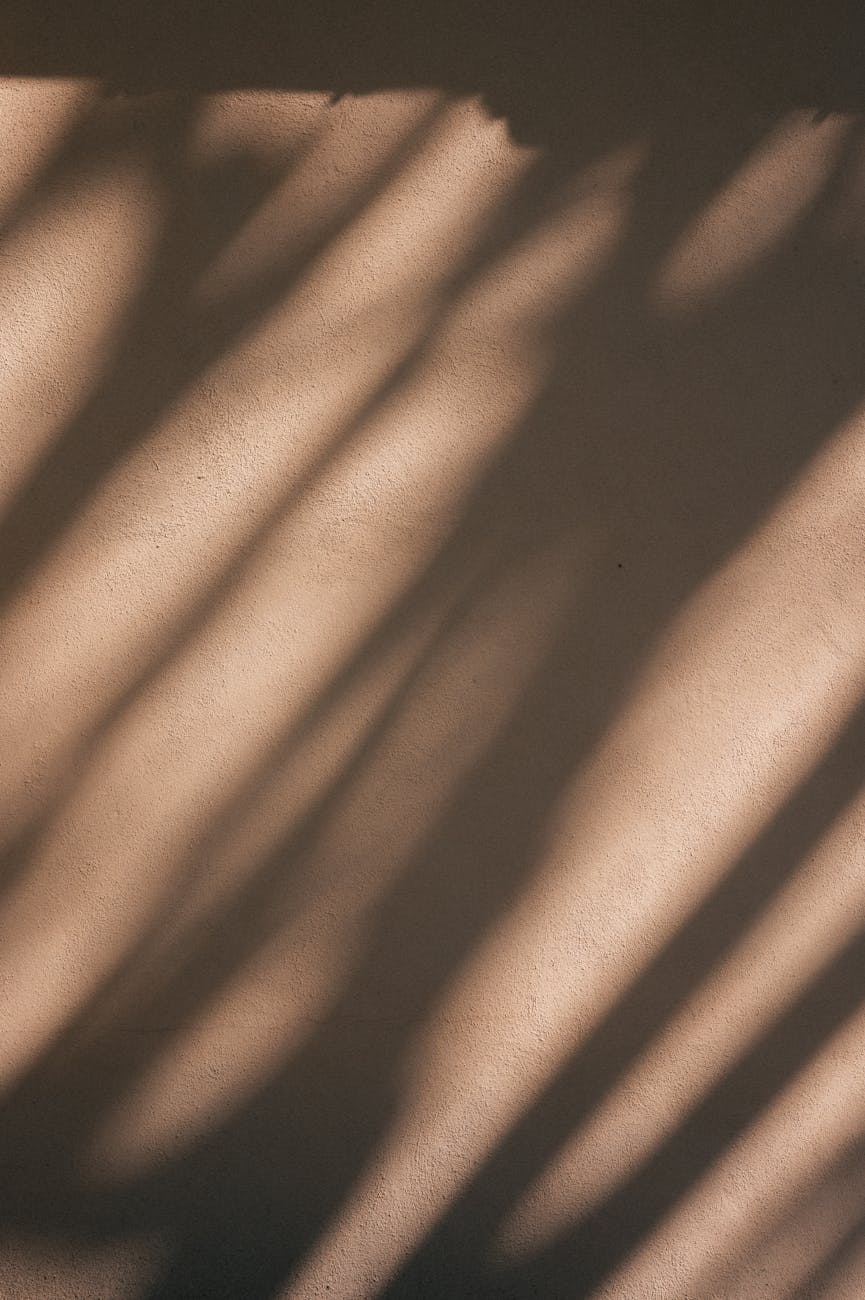Embracing Minimalism: Transforming Spaces with Less for Maximum Impact
Minimalism is more than just a design trend; it represents a lifestyle choice that emphasizes simplicity and intentionality in our environments. As space becomes increasingly precious in urban settings, minimalism offers a refreshing approach to living and working. This article will explore how adopting minimalist principles can transform everyday spaces, emphasizing the benefits of less clutter, the psychology of minimalism, practical steps for decluttering, and examples of minimalist design. By embracing minimalism, individuals can not only enhance their physical spaces but also improve their mental clarity and well-being.
The benefits of less clutter
The principle of “less is more” is central to minimalism, and its benefits are profound. Research has shown that a clutter-free environment can reduce stress and anxiety, allowing for increased focus and creativity. Here are some key advantages of reducing clutter:
- Improved mental clarity: A clean, organized space helps clear the mind.
- Increased productivity: Fewer distractions lead to better work performance.
- Easier cleaning and maintenance: Less clutter simplifies the upkeep of your space.
As people become more aware of the negative impacts of overstuffed living and working areas, the drive to embrace minimalism continues to grow. By shedding unnecessary items, individuals can create an atmosphere conducive to relaxation and creativity.
The psychology of minimalism
Understanding the psychology behind minimalism reveals why the movement is so impactful. Minimalism encourages mindfulness and intentional living, fostering a sense of peace and balance. It challenges societal norms that equate possessions with self-worth. Instead, minimalism promotes contentment through experiences rather than material accumulation.
Consider the following insights:
| Concept | Description |
|---|---|
| Mindfulness | Being present and fully engaged with your surroundings. |
| Intentionality | Making deliberate choices about what to keep and what to let go. |
| Freedom from consumerism | Breaking the cycle of buying for the sake of status or appearance. |
This shift in mindset can enhance overall morale, create a sense of freedom, and reduce feelings of overwhelm, which are all critical in today’s fast-paced world.
Practical steps for decluttering
Embracing minimalism may seem daunting at first, but breaking it down into manageable steps can make the process achievable. Here are some practical approaches to decluttering your space:
- Start small: Tackle one area or room at a time.
- Set criteria: Determine what items you need and use regularly.
- Let go of emotional attachments: Remember that memories do not reside in physical objects.
- Regularly reassess: Schedule periodic check-ins to maintain a clutter-free environment.
By systematically decluttering, individuals can foster a minimalist mindset that prioritizes quality over quantity, enriching their daily lives.
Examples of minimalist design
Minimalist design exemplifies the principles of simplicity and functionality. This design style emphasizes clean lines, open spaces, and a restrained color palette, often incorporating natural materials and light. Here are some common elements:
- Neutral color schemes: Whites, grays, and earth tones promote a soothing atmosphere.
- Functional furniture: Pieces that serve multiple purposes reduce clutter.
- Natural light: Maximizing daylight enhances the openness of spaces.
Real-life examples of minimalist design can be seen in various environments, from modern homes to creative workspaces. Many architects and designers have embraced minimalism, showcasing the beauty and functionality that “fewer” can offer.
Conclusion
In conclusion, embracing minimalism offers a transformative journey towards creating serene and functional spaces. From understanding the benefits of less clutter to exploring the psychology behind this lifestyle, it is clear that minimalism fosters improved mental clarity and well-being. Practical decluttering steps and inspiring design examples demonstrate that adopting minimalism is not only viable but also rewarding. As we prioritize intentional living and mindful choices, we can reap the maximum impact of our spaces through the power of less. Ultimately, minimalism invites individuals to discover a refreshing sense of freedom, purpose, and fulfillment by fostering environments that support a clearer and more focused state of being.
Image by: Jan van der Wolf
https://www.pexels.com/@jan-van-der-wolf-11680885




